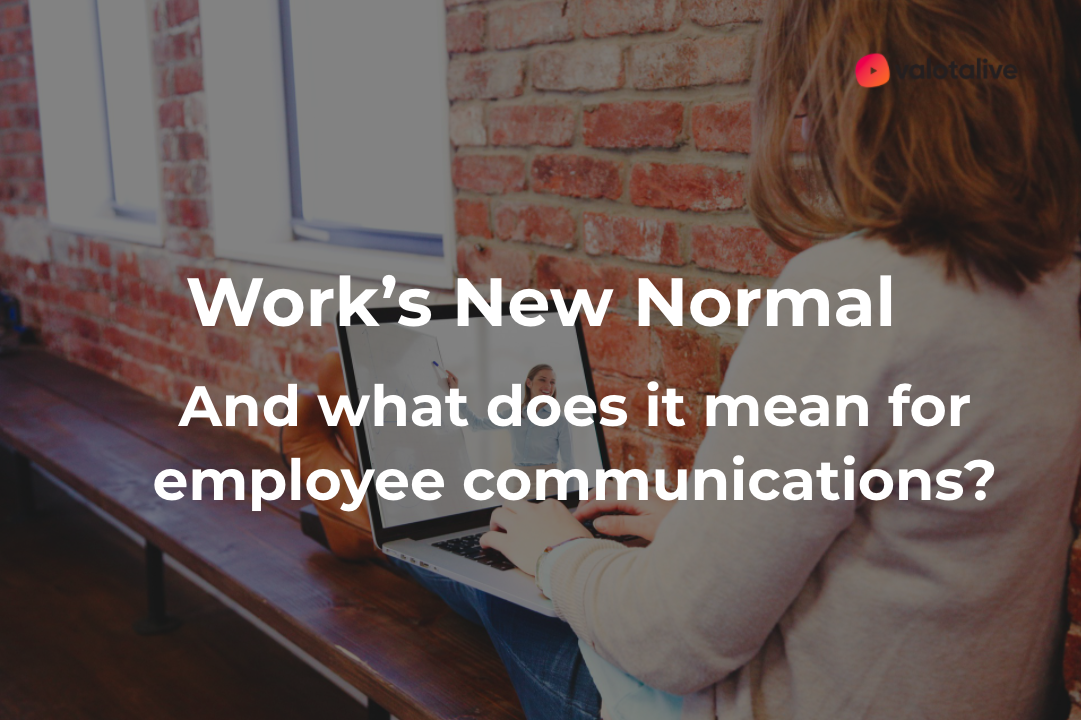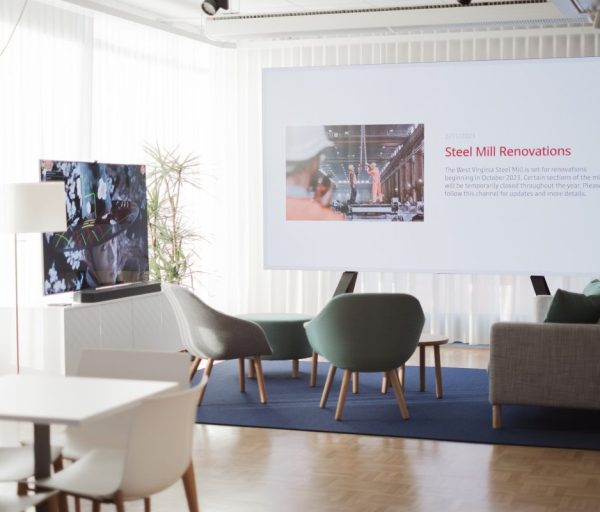Unless you have been living as a hermit deep within the forest, you have come to some realization that the world as we knew it is irrevocably changed. The events during this year have drastically altered the way we interact with one another in both work and everyday life.
This blog post will explore the prevalence of remote work in the fabric of work life, the importance of keeping employees connected and aligned with business strategies, and how employee communications can adapt to it all.
Remote Work’s Accelerated Revolution
Even before COVID-19 existed, remote work was already the future. Slack’s recent guide, Navigating the Disruption of Work (2020), aptly states, “Rather than seeing a total transformation of work, we’re seeing a head-snapping acceleration of the changes that were already underway.” It is the rate and pace of the change that is wholly unexpected and not the change itself.
Analysis by FlexJobs and Global Workplace Analytics found that from 2016 to 2017, in the span of just one year, remote work grew 7.9%. In the last five years it grew 44% and over the previous 10 years it has grown 91%. The total growth in remote work in the last 12 years was 159%.
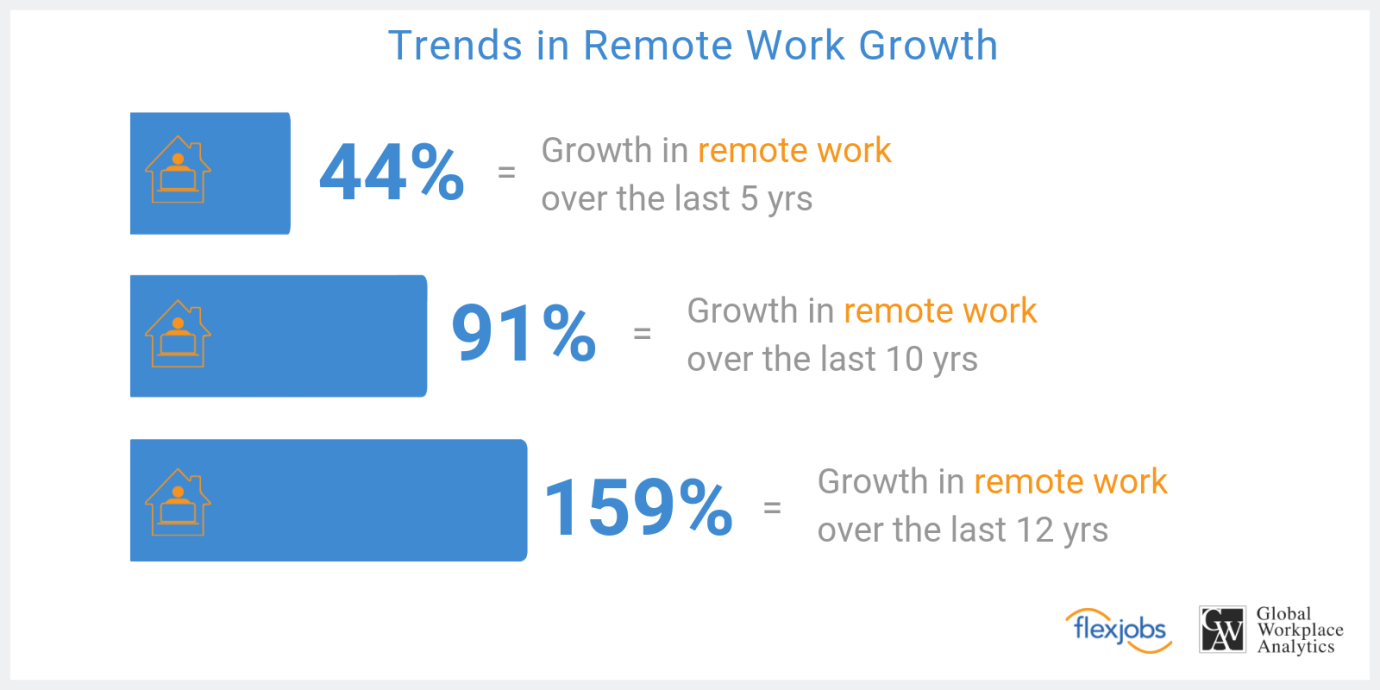
With evidence of increased productivity and greater job satisfaction, it is no surprise that Upwork’s third annual Future Workforce Report in 2019 predicted that 73% of all teams would have remote workers by 2028. Already 69% of younger generation managers had team members allowed to work remotely.

A report by Owl Labs (2019) found that 42% of remote workers already planned to work remotely more frequently than they currently do in the next 5 years, and that more than 50% of on-site workers wanted to start working remotely.
Buffer’s newest State of Remote Report this year surveyed over 3,500 remote workers around the world and found that 98% would like to work remotely, for at least some of the time, for the rest of their work life.
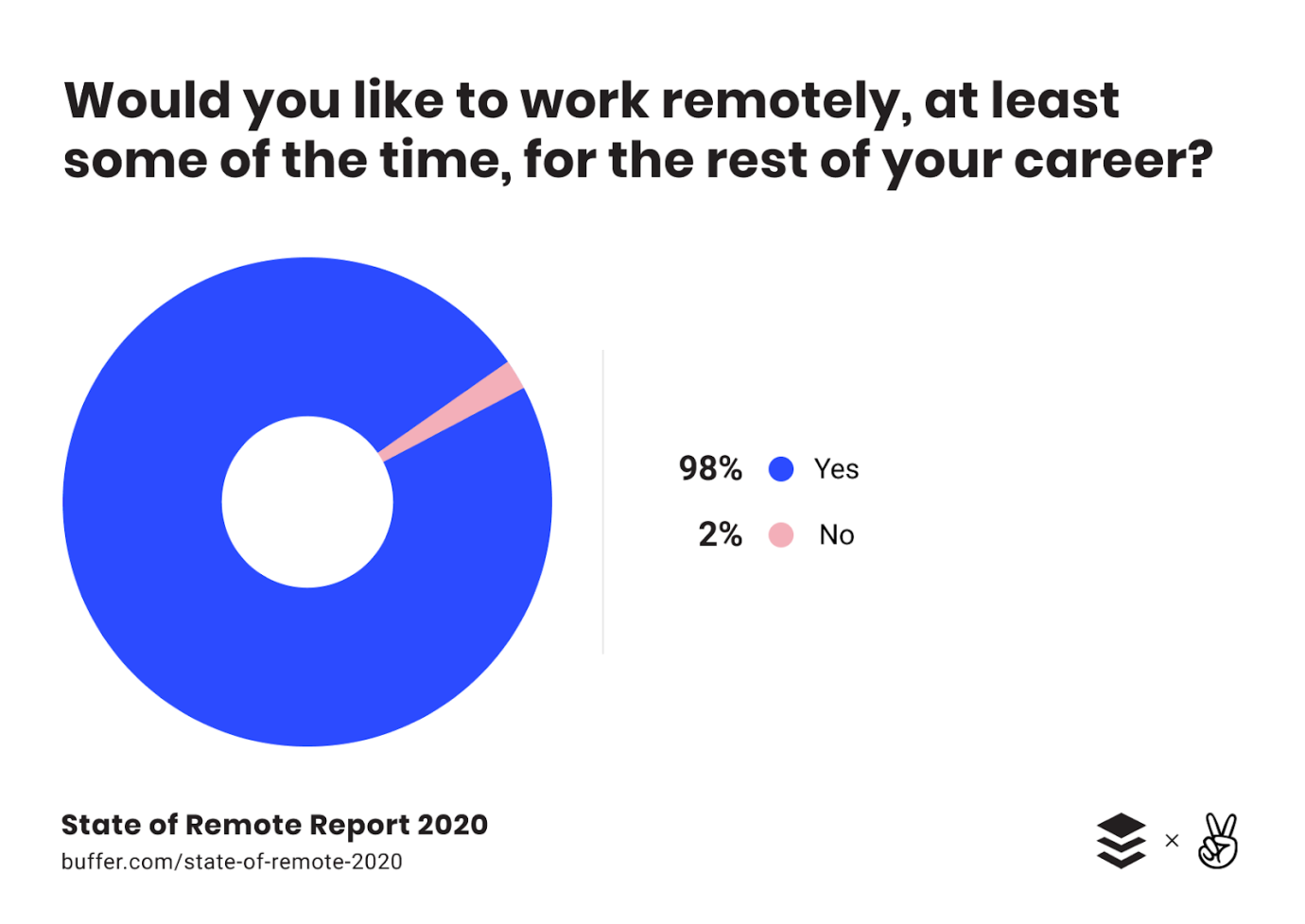
Evidently, remote work is here to stay. Then how do businesses adapt? By focusing on people-powered initiatives and transformative technology.
Alignment in the Workforce
In Slack’s 2019 report, The State of Work, they stress the importance of alignment in the workforce. Alignment calls for more transparent communication and open, collaborative decision-making processes to engage employees and encourage a greater sense of belonging and connection to a company and its strategic goals.
As Saadia Zahidi, Managing Director and Head of the Centre for the New Economy and Society at the World Economic Forum, insists:
“It is about being able to work and relate with your teams in a different way. It is about building an inclusive workplace culture. It is about active listening and more flat team structures.”
Creating greater belonging and sense of purpose is crucial to motivating employees. Deloitte’s annual Global Human Capital Trends report highlights that 44% percent of their survey participants believed that feeling aligned to the organization’s purpose, mission, and values and feeling valued for their individual contributions were the biggest drivers of belonging at work. Contribution is key!
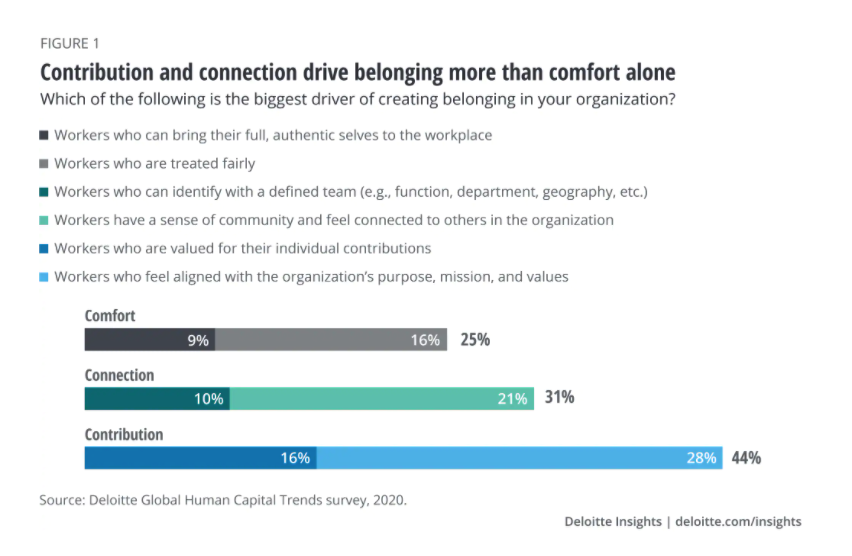
This is where greater openness is essential. Individuals cannot adequately measure their contribution without a clear understanding and connection to what they are trying to achieve. Therefore, communication should move away from one-to-one messages and closed threads to more open forums that support a bottom-up work culture and collaborative decision-making. Communication should be more decentralized and shared openly.
Next Steps for Employee Communication Leaders
Relevant, real-time data and communication is increasingly needed for an ever-growing remote workforce. To serve existing and new customers effectively today and tomorrow, internal communication will need to adapt appropriately and expand to the offices, production floors and remote offices. Integrated and automated multi-channel technology is the key to adjusting to today’s new norms of working.
Companies such as Wärtsilä are using modern employee communication tools including Microsoft Teams, Yammer, SharePoint and Valotalive to keep employees up-to-date and aligned.
“Keeping employees up-to-date and aligned in a global organization is a never-ending task. Wärtsilä uses Valotalive Workplace Digital Signage to reach all employees, including remote and non-desk workers.”
Amos Ahola, Director, Communications & Branding, Wärtsilä Corporation
An increase in reach and greater transparency (which doesn’t rely on manual efforts) in public forums helps decentralize data silos and support greater employee alignment with less effort.
Sharing internal communication in multiple channels can be an excellent way to boost team alignment but it is essential nowadays that it integrates with and supports important tools, like Teams and Slack, that are increasingly used remotely.
Further Reading you might find interesting
Keep employees aligned with Valotalive
Valotalive is the leading platform for Workplace Digital Signage. Our mission is to make your workplace more productive, transparent and fun.
We are continuously making new integrations and technology innovations available for customers who have a passion to improve data transparency and employee experience in the workplace.
Valotalive is powering workplace digital signage displays in more than 50 countries.
Writer: Jade Rosenkranz is an American living in Helsinki (and working at Truly Agency) interested in building connections, storytelling, and growth hacking.
Cover image from mohamed Hassan from Pixabay
